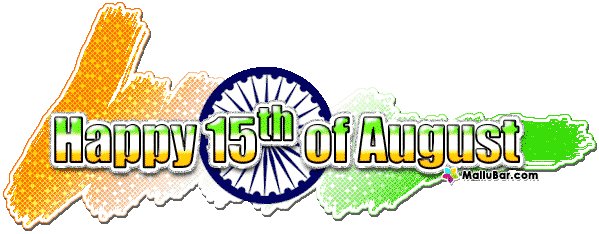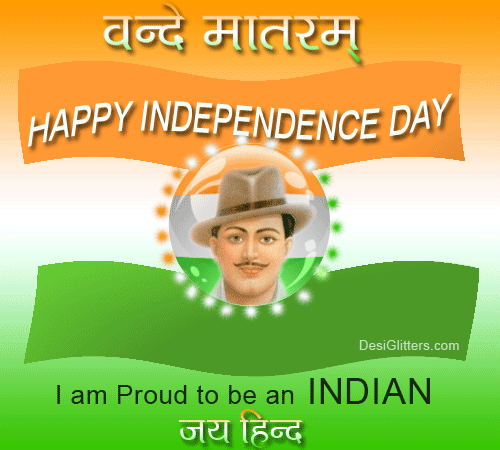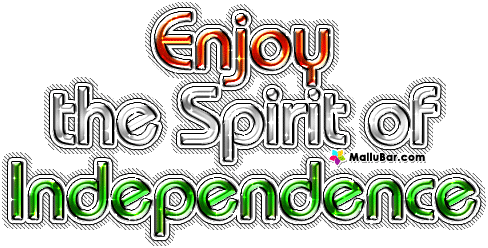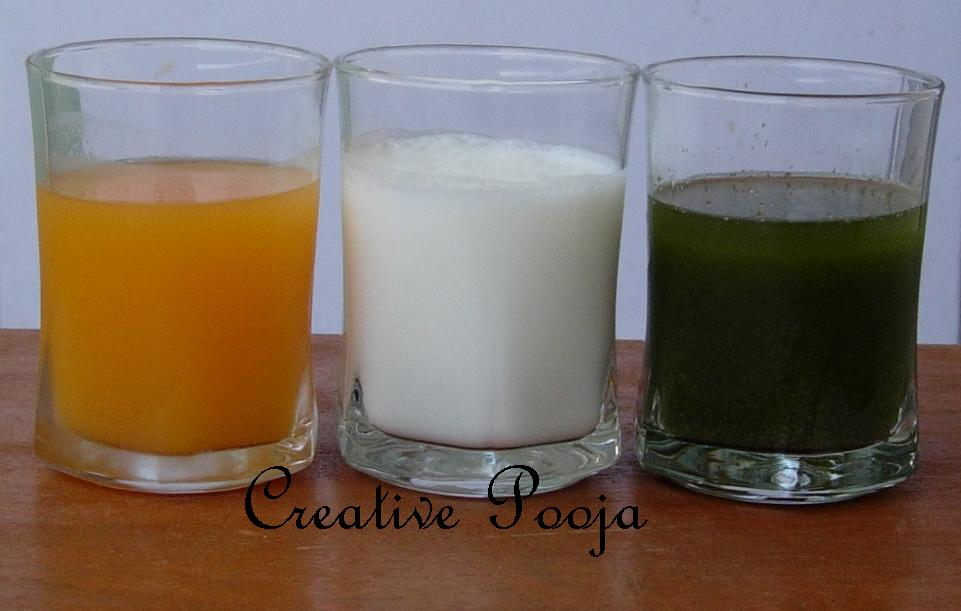Celebration
In the 1929 Lahore session of Indian National Congress, the Purna Swaraj declaration, or "Declaration of the Independence of India" was promulgated, and 26 January was declared as India's Independence Day. The Congress called people to take pledge on that day until India attained complete independence from the Great Britain. Between 1930 and 1947, 26 January was observed as the Independence Day of India, and carried symbolic value to the Congress.Following the actual independence in 1947, the Constitution of India came into effect on and from 26 January 1950; since then 26 January is celebrated as the Republic Day.
The Independence Day is one of the three national holidays in India (the other two being the Republic Day on 26 January and Mahatma Gandhi's birthday on 2 October) and is observed in all Indian states and union territories. On the eve of the Independence Day, the President of Indiadelivers the "Address to the Nation", which is televised nationally. On 15 August, the Prime Minister of India hoists the Indian flag on the ramparts of the historical site Red Fort in Delhi.Twenty-one gun shots are fired in honour of the solemn occasion. In his speech, the Prime Minister highlights the achievements of his government during the past year, raises important issues and gives a call for further development. He pays tribute to the leaders of the freedom struggle. The Indian national anthem, Jana Gana Mana is sung. The speech is followed by march past by divisions of the Indian Army and paramilitary forces, and parades and pageants showcasing events from the struggle for independence as well as cultural traditions of the country. Similar events take place in state capitals where the Chief Ministers of individual states unfurl the national flag, and parades and pageants follow.
Flag hoisting ceremonies and cultural programmes take place in government and non-government institutions in the country. Schools and colleges conduct flag hoisting ceremonies and various cultural events within their premises. Major government buildings are often adorned with strings of light. In some cities, such as Delhi, kite flying is a celebratory event associated with the Independence Day. National flags of different sizes are used abundantly by the rejoicing residents to symbolise their allegiance to the country. Citizens adorn their cloths, wristbands, cars, household accessories with replicas of the tri-colour. Newspapers have reported a trend that the celebration pattern has changed from a nationalistic one to a more relaxed, festive one, where friends and family bond and make merry. The Indian diaspora celebrates the Independence Day in various parts of the world, particularly in regions with high concentration of non-resident Indians, with parades and pageants. In some locations such as several cities in the United States, 15 August has received the nomenclature "India Day" among the diaspora and the local populace.

Edited by manesha76 - 12 years ago





























comment:
p_commentcount